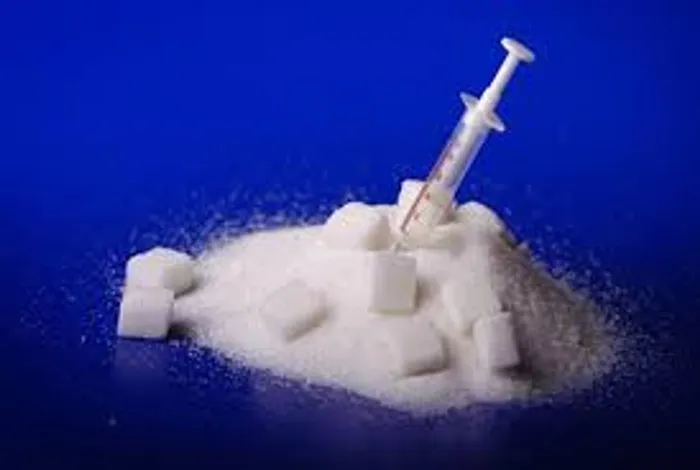Dangers of being a blissfully unaware sugar addict

IT’S no longer a secret that the majority of us are blissfully unaware sugar addicts. Modern conveniences in consumables make life easier in the short term, but what about the long-term implications?
A report published in 2009 showed food addiction is plausible as “brain pathways that evolved to respond to natural rewards are also activated by addictive drugs. Sugar releases opioids and dopamine and thus might be expected to have addictive potential.”
Another report published in 2013 indicated that sugar was as, if not more, desirable than addictive drugs such as cocaine. This research aimed to prove that “sugar and sweetness can induce reward and craving that are comparable in magnitude to those induced by addictive drugs”.
With these two findings, it’s hard to believe that, as parents, we are still largely oblivious to the long-term, damaging effects of consuming sugar-dense foods and beverages.
So a sugar tax may be introduced, which will certainly help moderate and potentially reduce the average consumption of free sugars (sugar added to food and drink, as well as sugar found naturally in honey, syrups, fruit juices and fruit juice concentrates). But it will take a deeper understanding of what we consume to avoid the health issues resulting from sugar-dense diets.
According to a statement released by the World Health Organisation (WHO) “adults and children need to reduce their daily intake of free sugars to less than 10% of their total energy intake. A further reduction to below 5% or roughly 25g (6 teaspoons) a day would provide additional health benefits”.
So what is a safe recommended daily allowance for sugar? Although we all lead different lifestyles and have varying metabolic requirements, the UK’s Scientific Advisory Committee on Nutrition (SACN) have suggested the following:
● Children aged 4 to 6 should have no more than 19g or five teaspoons of free sugars a day.
● Children aged 7 to 10 should have no more than 24g or six teaspoons a day.
● Children aged 11 years and upwards, as well as adults, should have no more than 30g or seven teaspoons a day.
To illustrate what this means, take a look at some popular beverages and their approximate sugar contents:
● 250ml iced tea = 19g or four teaspoons of free sugar.
● 250ml flavoured drinking yoghurt = 26.8g or five and a half teaspoons of free sugar.
● 330ml cola = 35g or seven teaspoons of free sugar.
● 330ml ginger beer = 37g or six and a half teaspoons of free sugar.
Overcoming an addiction isn't easy and the same holds true for sugar dependency. So how do we reduce excess sugars from our diets?
1. Try ensure that all consumables remain as close as possible to their natural state. If sweetening is required, look at healthier options such as fresh fruit or vegetables.
2. Read labels carefully. Not all free or added sugars are labelled as sugars.
3. Limit sugar-added beverages, cited as being responsible for the majority of added sugar in US diets.
4. Reduce your family’s sugar tolerance with a moderated sugar and bolstered wholefood diet. Over time, consumables high in sugar will start tasting too sweet as your tolerance returns to its natural state.
5. Bake instead of buying treats. Homemade treats will no doubt contain less added and synthetic sweeteners.
The key to all healthy living is moderation and a balanced diet.